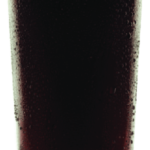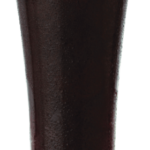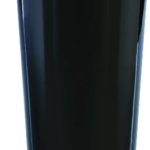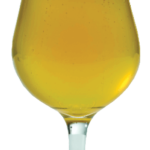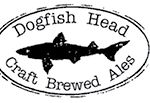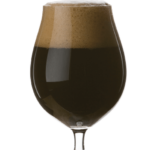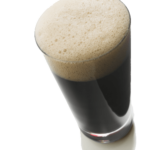Recipe Type: All Grain
Gordon Strong’s London Porter
This recipe took first place at the SODZ British Beer Festival, and is fairly straightforward. It is meant to be in the style of Fuller’s London Porter (my personal favorite), with brown malt being the key flavor ingredient. It was entered in the Beer Judge Certification Program (BJCP) Brown Porter category.
Gordon Strong’s American Robust Porter
This is a more modern take on an American robust porter, although it probably falls in between the BJCP Brown Porter and Robust Porter categories. Note the general similarity with the second recipe in this collection. It also is a nice base beer for a smoked porter; add a half pound of German rauchmalz and lower the bitterness to about 25 IBUs. For a more ‘robust’ American version, double the black malt, add 2 more pounds (0.9 kg) of base malt, and increase the late hops.
Gordon Strong’s Classic American Porter
This is my take on the lagered porters of the Northeast, in the style of Yuengling. It’s important to not have an overtly roasted flavor; licorice-type flavors are desirable, but not burnt. A less bitter version of this beer without the crystal malt will do nicely as a Dark American Lager. It might work in the Brown Porter category, but entering it as a Specialty Beer would work too.
Gordon Strong’s Baltic Porter
Gordon Strong used a variation of this recipe to win an NHC gold , blending it with a sweet blackberry mead to make a Blackberry Baltic Porter. The base beer is delicious on its own, and is a scaled up version of a Carnegie-style porter that won several medals on its own.
Bankside Brown Stout
Bankside Brown Stout (5 gallons/19 L, all-grain) OG = 1.109 FG = 1.040 IBU = 100+ SRM = 87 ABV = 9.2% Ingredients 13 lbs. (5.9 kg) Briess 2-row pale malt (2
Saison of the Season
Horst Dornbusch’s final Style Profile recipe for Brew Your Own magazine. This version is a bit darker and medium-bodied than the straw colored light-bodied that many come to expect from a saison. Utilizing a healthy pitch rate will assure brewers that it will not end up sweet though.
Saison Ale
Jamil Zainasheff states “The characteristic fruity/spicy flavors and aromas of this style come from fermentation, although some brewers do add spices. While some brewers may add spices, I prefer the more subtle and complex spiciness that fermentation develops.”
Dogfish Head Craft Brewery’s Raison D’etre clone
According to Dogfish Head’s website “A deep mahogany, Belgian-style brown ale brewed with beet sugar, raisins and Belgian-style yeast.”
Mike Riddle’s Tricentennial Stout
My friend Mike Riddle, well known for his award-winning Russian imperial stout, does use a lower attenuating Irish ale strain. He counters this with very high levels of roast malt and hops to try to balance out the residual sweetness. He also keeps the amount of crystal malts to one modest addition of dark crystal.
The Czar’s Revenge
Even though this was at one time a British beer for a Russian court, the resurrection of its popularity in the United States means that a brewer has a number of fermentation choices. The only real must do is avoiding hot, fusel alcohols and an overly sweet finish.
Bone Idle Bitter
A schwarz’ed version of an English bitter.
Aurora (Not So) Blonde Ale
One evening after a scrumptious lemon-rosemary chicken meal prepared by my wife, Raven, we got to talking about what kind of beer would go with lemon and rosemary and this recipe was the result. The original version of this recipe appeared in the JAN/FEB 2006 issue of Brew Your Own.
